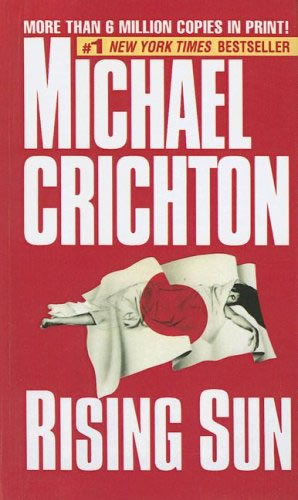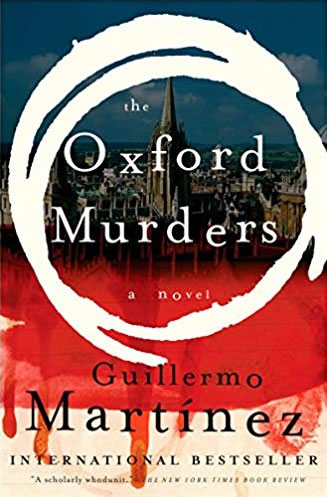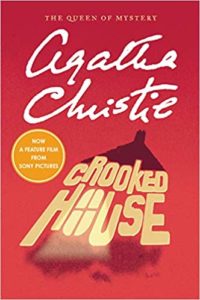
![]() Rising Sun – Michael Crichton
Rising Sun – Michael Crichton
How often is it that I read a great ‘who-dunnit’ and it comes with quite an extensive bibliography at the end. I’m sure plenty of people are familiar with the wonderful movie version of this with Wesley Snipes and Sean Connery. If you haven’t seen it… do so! It’s a great cop movie. The book is a bit more rounded, and it focuses more on the threat that the ‘Japanese model’ poses to America. Now, this was written in 1992 and back then it did seem that the Japanese ‘threat’ was real. The 80’s were a time of technological revolution, especially in tangible consular products. The case Crichton makes for caution is well reasoned and, for the most part, compliments the story being told and is presented, mainly through the discourses of Captain Connor.
But I’m getting ahead of myself here. Initially, a murder has taken place in a conference room above a grand opening ceremony for a Japanese corporation. Since this is a sensitive situation, the building’s representative requests a special liaison officer from the LAPD be present. The story is told from the perspective of this officer, Lieutenant Smith… and right from the start, where Officer Smith is directed to pick up retired Captain Connor as a consultant, things are not what they appear. Someone is manipulating events, and people from behind the scene and as Connor points out repeatedly “their way of seeing things is not our way of seeing things”.
As the investigators continue through the obfuscation put in their path, powerful interests put their media agents to work. There is a newspaper reporter in their employ who works to dig up dirt or manufacture negative press, and potential character smears to threaten the investigators. Crichton really paints a compelling picture of how these tactics are actually being used in the current media.
Despite this, with the clock ticking and time running out, solid detective work wins the day. Buy not taking anything for granted, by questioning the underlying assumptions, and mostly by looking a gift horse directly in its mouth… the novel ends with a very Japanese display of ‘justice’.
After reading this, I want to read a couple of Crichton’s earlier novels. He wrote four novels between 1960 and 1970 under the name John Lange. These books have been republished as part of the Hard Crimes line, so I’ll get myself a couple of them…
Every homicide crime scene has the same energy, and that finality at the center. When you look at the dead person, there is a kind of obviousness, and at the same time there is an impossible mystery. Even in the simplest domestic brawl, where the woman finally decided to shoot the guy, you’d look at her, all covered in scars and cigarette burns, and you had to ask, why tonight? What was it about tonight? It’s always clear what you are seeing, and there’s always something that doesn’t add up. Both things at once.
And at a homicide you have the sense of being right down to the basic truths of existence, the smells and the defecation and the bloating. Usually somebody crying, so you’re listening to that. And the usual bullshit stops; somebody died, and it’s an unavoidable fact, like a rock in the road that makes all the traffic go around it. And in that grim and real setting, this camaraderie springs up, because you’re working late with people you know, and actually know very well because you see them all the time. L.A. has four homicides a day; there’s another one every six hours. And every detective at the crime scene already has ten homicides dragging in his backlog, which makes this new one an intolerable burden, so ho and everybody else is hoping to solve it on the spot, to get it out of the way. There is that kind of finality and tension and energy all mixed together.
And after you do it for a few years, you get so you like it. And to my surprise, as I entered the conference room, I realized that I missed it.


